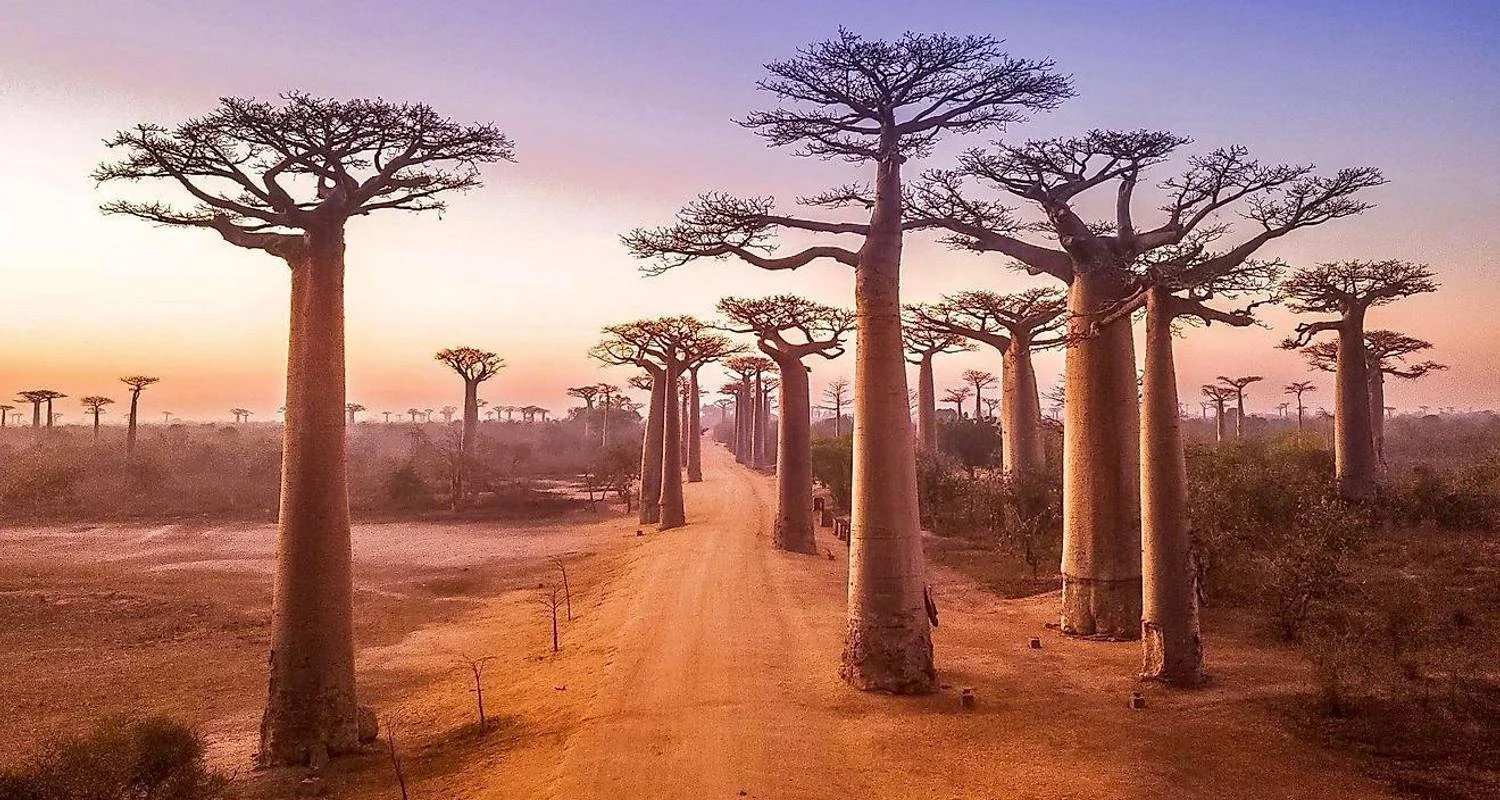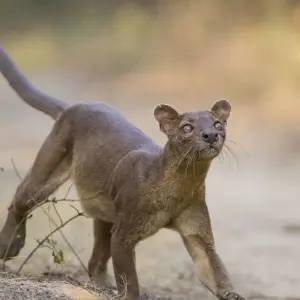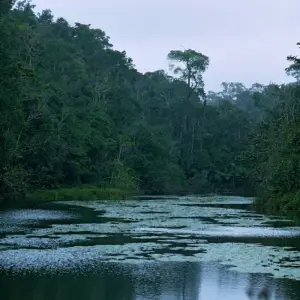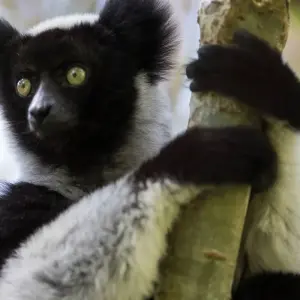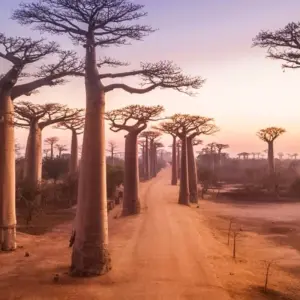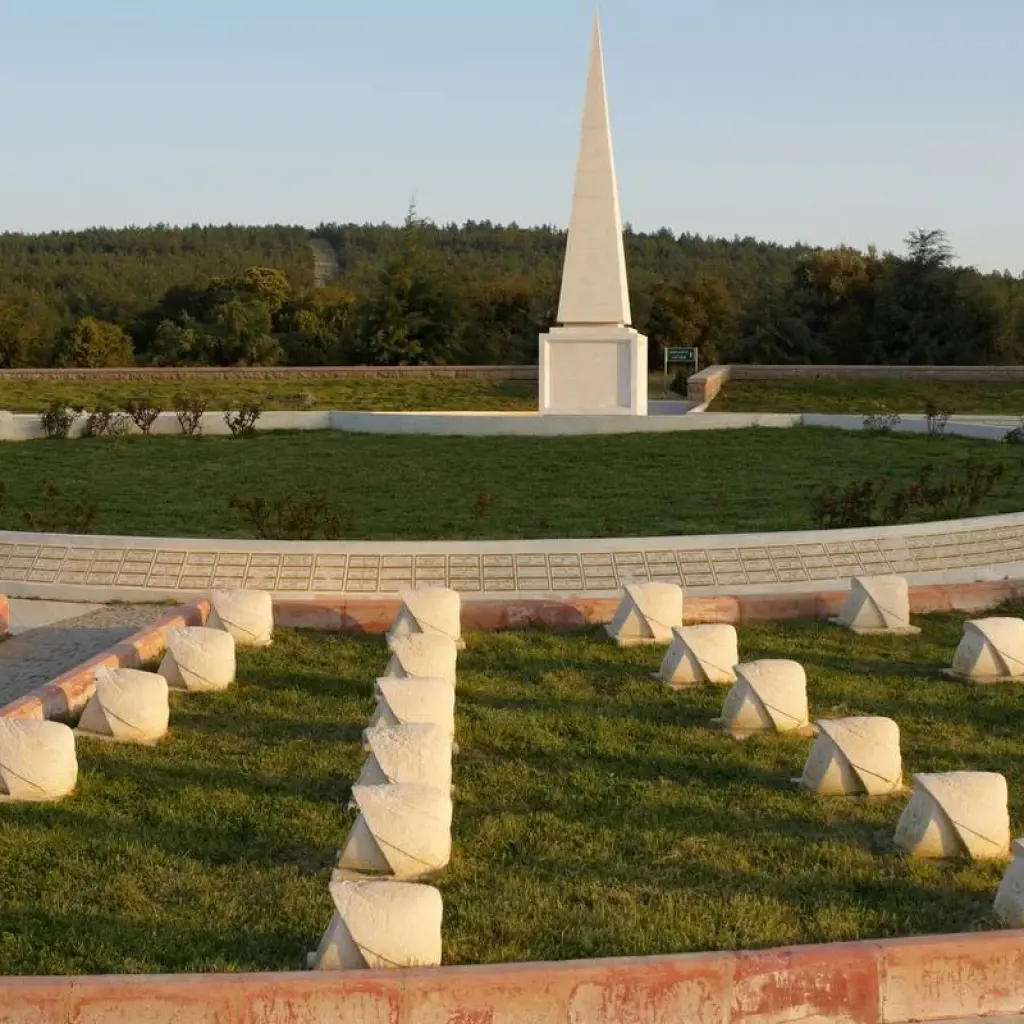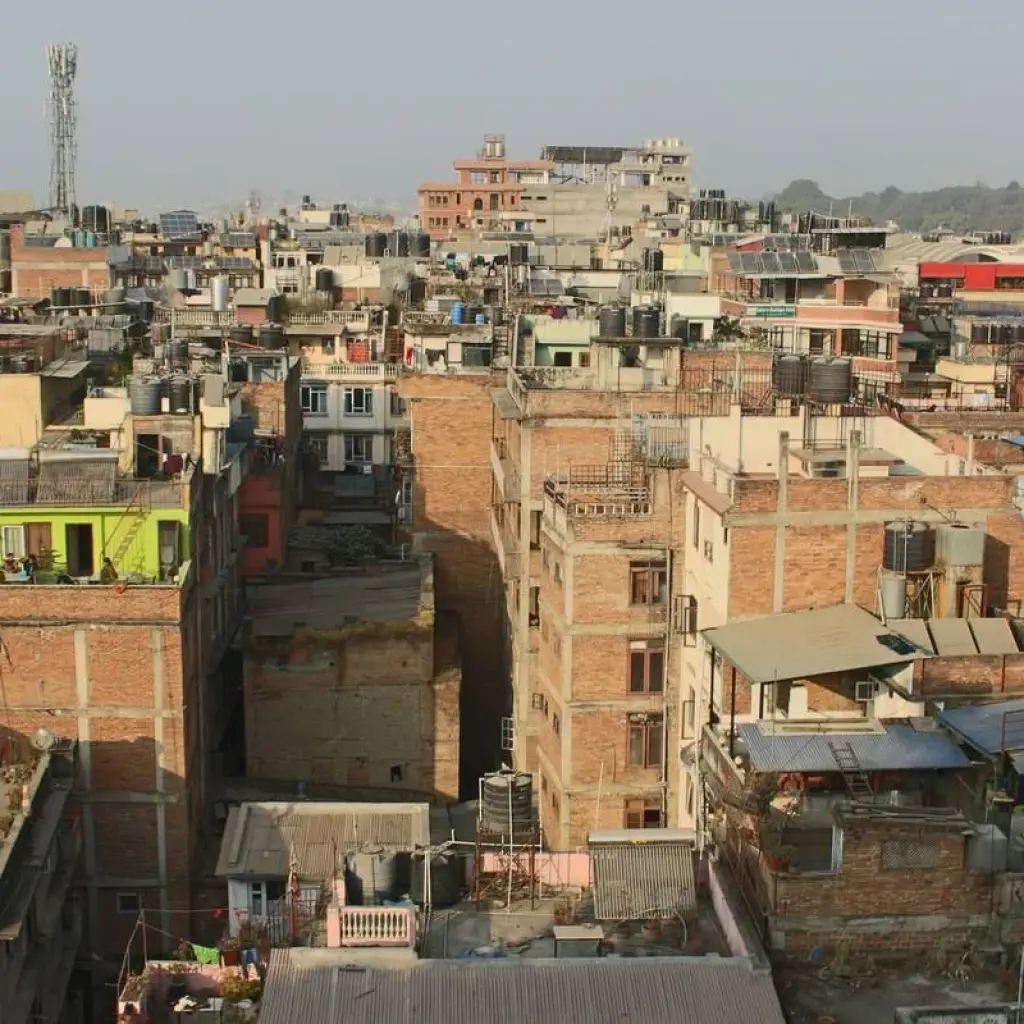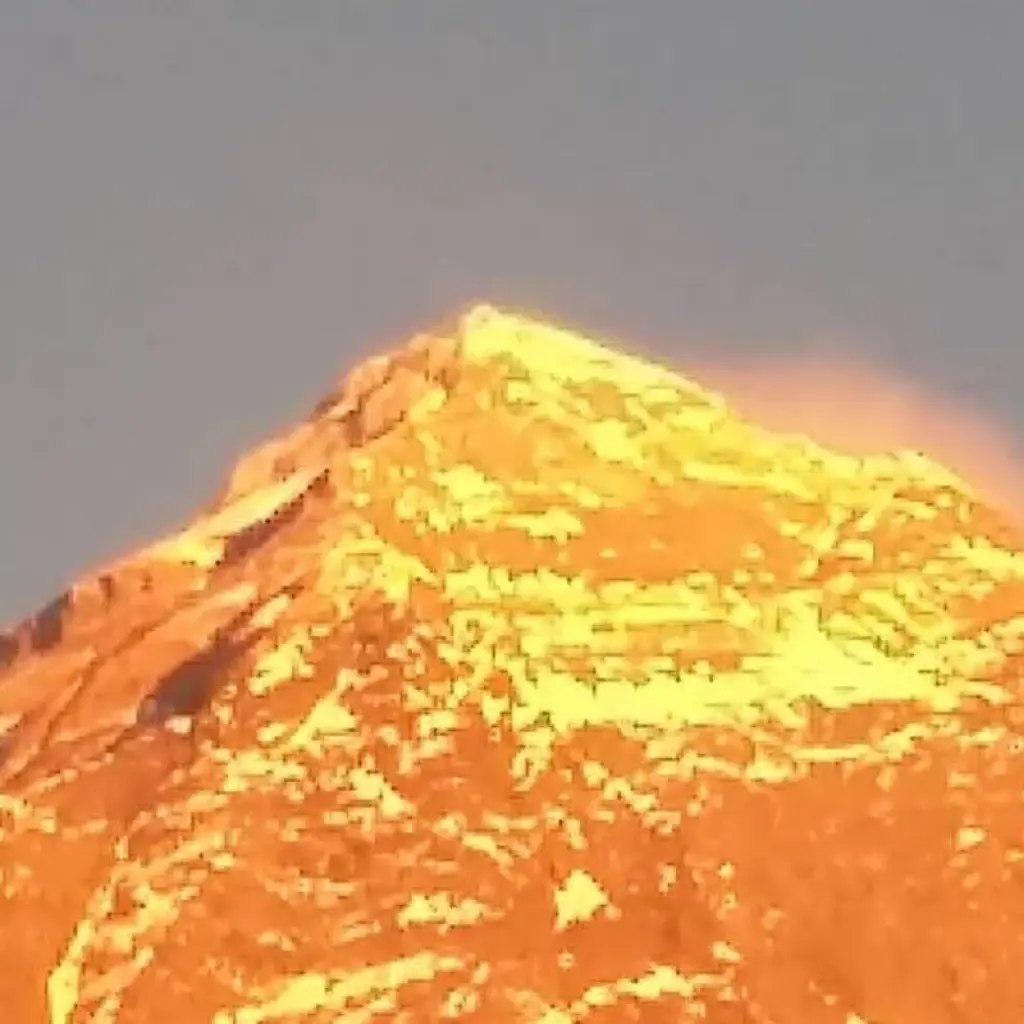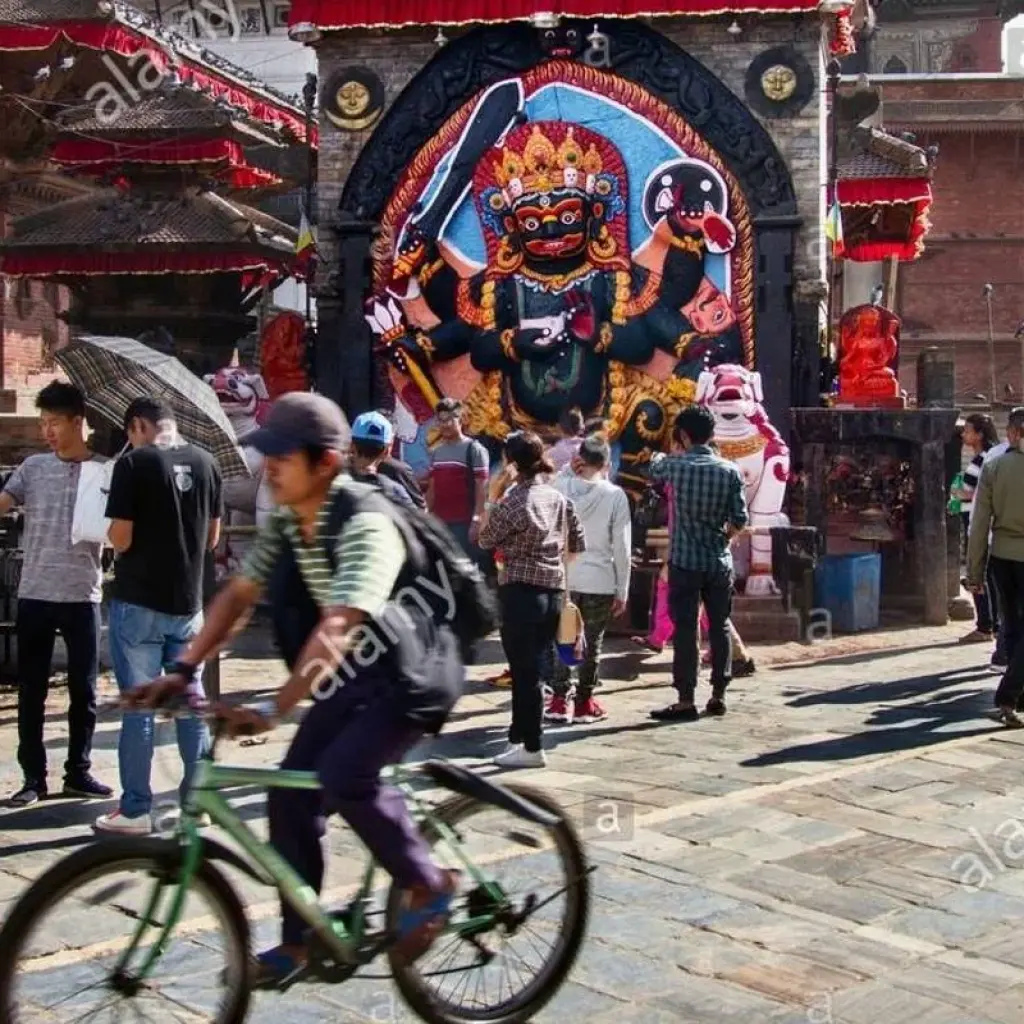This tour will take you from Antananarivo to Andasibe, Kirindy Forest and the Baobab Avenue :
• Andasibe – Mantadia National park
Andasibe–Mantadia National Park is about 150 km to the east from Antananarivo, along the RN2, and it can be reached in 3 to 4 hours by car. Comprising two distinct protected areas: Analamazoatra Special Reserve and Mantadia National Park, Andasibe-Mantadia National park is one of the most frequently visited site in the country, and one of the best places to observe lemurs in Madagascar. It is also one of the best primate-watching site in the world. This site is known to be the refuge for a wide variety of lemur species (14 diurnal and nocturnal species), including the famous Indri Indri, the Aye-Aye, the goodman’s mouse lemur, the Crossley’s dwarf lemur, the Eastern woolly lemur sifaka, and sometimes southern black-and-white ruffed lemur. 51 reptile species, 84 amphibian species, 72 mammal species, 117 bird species, and countless insectivorous bats that have been recorded. Mantadia is the one of the best birdwatching site on the Big Island. About the flora, with its lush and green vegetation this protected area contains a collection of evergreen vegetation epiphytic plants (plants living on other plants), palm trees, mosses, fern, bamboo, hardwoods, and precious woods, and pandanus. This park is also famous for its orchids with 120 inventoried species, entirely endemic. They bloom between September and January.
• Baobabs Avenue
About ten trees 30 meters high border this avenue, of the species Adansonia grandidieri, endemic to Madagascar. Baobabs, over 800 years old, known locally as Renala (in Malagasy for “mother of the forest”), are a heirloom of the dense tropical forests that thrived in Madagascar. The trees did not grow in isolation in this dry and bushy landscape but were part of a dense forest which has now disappeared (only 10% of primary forests remain in the country). Over the years, with the increase in the country's population, forests have been cut down for agriculture, leaving only baobab trees, which locals preserve both out of respect and for their value as a source of food and materials of constructions.
• Kirindy Reserve
Kirindy Forest or Kirindy Private Reserve is a vestige of primary dry forest located in the west of Madagascar, around 60 km northeast of the town of Morondava. It covers an area of 72 000 hectares. This site is part of the New Menabe Antimena Protected Area, located between the Tsiribihina River to the north and the Baobab Avenue to the south. Kirindy forest is home to a wide of animal species endemic to Madagascar, such a lemurs, crocodiles, bats, snakes, chameleons. The flagship species to see in Kirindy Forest is the Fossas. Several habituated individuals hand around the ecolodge, which makes for high quality viewing. However, fossas become more active from October onwards. There are also seven lemur species, including the dancing Verreaux’s sifaka and the red-fronted brown lemur. Night walk tend to be very productive and offer chances to see the Malagasy giant jumping rat, the red-tailed sportive lemur, the grey mouse lemur, thepale fork-marked lemur, and the Madame Berthe’s mouse lemur. In addition to its wildlife, Kirindy Forest is also home to a luxuriant flora. Its tall trees are covered with mosses an epiphytes, creating a unique ecosystem.

